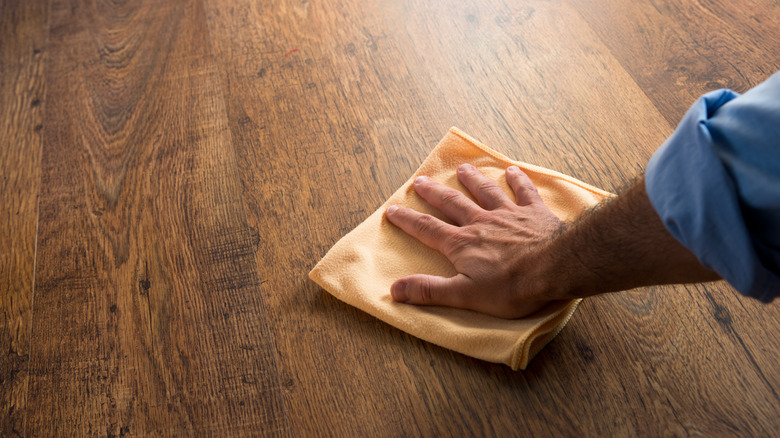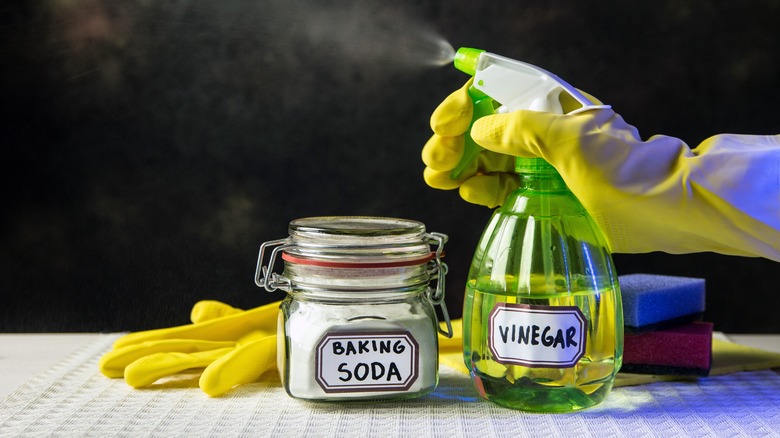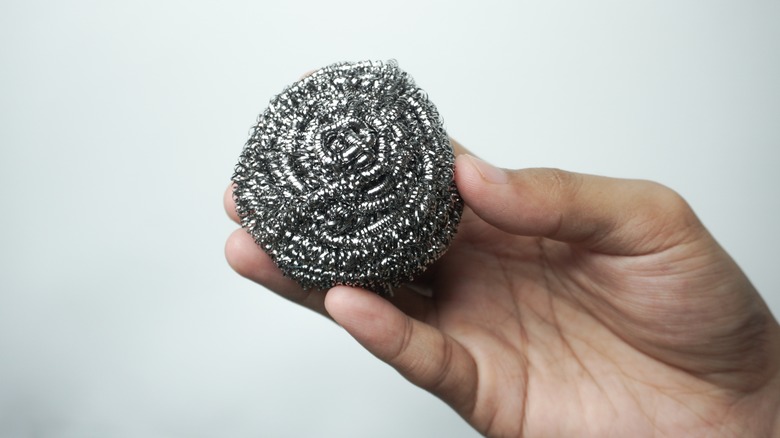Easily Remove Blood Stains From Wooden Surfaces With Items You Already Own
Accidents in the home are inevitable. Sometimes a cooking mishap leaves you with a cut finger or you step on a piece of glass that has fallen to the floor. Other times you may have an unexpected nosebleed. When these accidents happen, they can leave your wooden floors and other surfaces with drips of blood on them. Blood stains, while alarming, can be tackled effectively with natural solutions like baking soda and vinegar.
Of course, part of the reason that wooden surfaces can get stained with blood is simply that when an accident occurs, your first priority is your or your loved one's health, so cleaning the floor is typically an afterthought. Another reason is that you may not notice when or where blood has fallen. Like with all stains, the key to not letting stains set in is to clean them up promptly and this is especially true with blood since the proteins in it can set deep into flooring and make it tough to eliminate.
Baking soda and vinegar can remove blood stains
There are many reasons why hardwood floors will always be the right choice for a home and when it comes to blood stains, baking soda and vinegar can do the trick. With fresh blood drops, blot it up with a clean, absorbent cloth, pressing gently to avoid spreading the stain. Next, sprinkle a layer of baking soda directly on the stains. Let it sit for 15-30 minutes, allowing the paste to absorb the blood.
Then dip a clean toothbrush in white vinegar and gently scrub the stain. Use a gentle but steady motion to help lift the mark. Wipe away the baking soda and vinegar mixture with a damp cloth, remembering to rinse frequently and avoid soaking the wood. Repeat this process with patience if the stain persists. Finally, use a clean, dry cloth to pat the area dry and allow the wood to air dry completely.
If the stains persist, mix a half tablespoon of mild dish soap in cold water, creating a gentle mixture. Use a soft microfiber cloth dampened with the soap solution to gently wipe the stain, avoiding soaking the wood. Once the stain is gone, dry the area with a clean microfiber cloth.
Attacking persistent blood stains
If you've tried baking soda and vinegar but still haven't been able to fully remove the blood stains, there are other options, yet they can potentially compromise the wood. With stubborn stains, the blood has likely penetrated the very absorbent wood. Steel wool can sometimes help remove the stains on finished wooden floors. However, caution must be taken so you don't scratch your wood surface. If you use steel wool, use a very gentle motion and only do it a couple of times.
Be very cautious when using bleach on wooden surfaces. Though it may lift the blood stains, it can also damage the wood. Bleach can significantly lighten the color of the wood, creating an uneven and noticeable patch. It can also erode the wood by breaking down its fibers, making it weaker and more susceptible to damage. Incidentally, if you spill bleach on your hardwood floors, immediately soak it up with a cloth to prevent damage.
A better option is to try a pre-mixed wood cleaner specifically designed for removing stains. Always follow the manufacturer's instructions carefully and test the cleaner on an inconspicuous area before applying it to the stain. If all else fails, consult a flooring company for professional advice.


